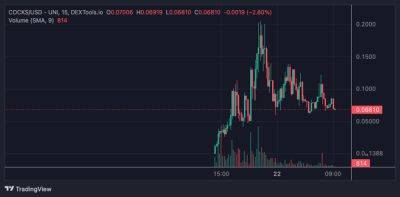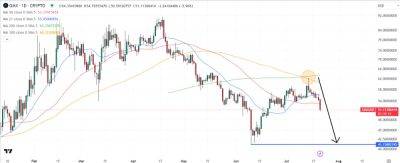BIS gives CBDCs a thumbs up, crypto the middle finger in reports to G20 ministers
In preparation for a meeting of the G20 finance ministers and central bank governors this month, the Bank for International Settlements Innovation Hub (BISIH) submitted two reports — on cryptocurrency and central bank digital currencies (CBDCs) — on July 11. The reports reached very different conclusions about the related technologies.
The BISIH report on crypto is the shorter of the two publications at 24 pages. It provided a short overview of the crypto ecosystem of cryptocurrencies, stablecoins and decentralized finance (DeFi), followed by a laundry list of “[s]tructural flaws and risks.”
The crypto report rehashes some common issues, such as the centralization of much crypto trading, the instability of stablecoins and the purported irreversibility of smart contracts. It raises some relatively little-discussed points, such as the inescapable centralization of DeFi due to the need for an oracle.
Another comparatively rare insight the BISIH crypto report provided was the risk from human nature. Crypto investors, it pointed out, are inclined to chase prices — that is, buy high and sell low — just as is often seen in traditional finance.
But the BISIH saw the real risk from crypto as its growing interconnectedness with the real economy. “Institutional investors and households continue to show interest in crypto despite the events of the past year,” the report said, referring to the recent crypto winter. In addition, increasing tokenization of assets could encourage the growth of the crypto market further, the report claimed, without explaining the mechanism for it. Stablecoins could bring on “cryptoisation” of economies, where cash is squeezed out.
The BISIH, along with the central banks of Germany and the Netherlands, has
Read more on cointelegraph.com






















